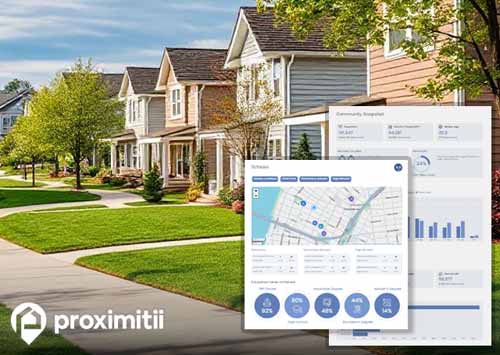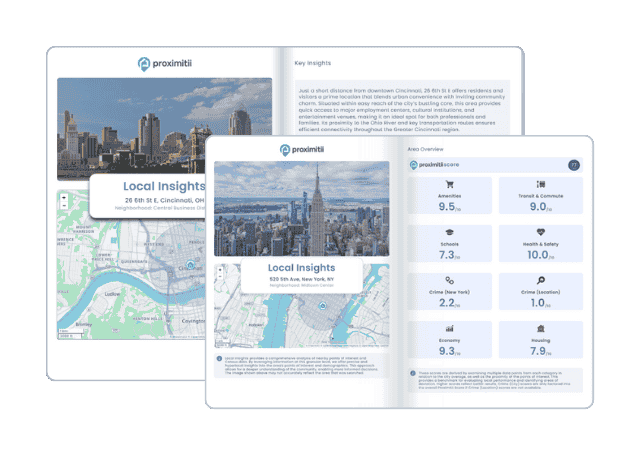| Statistic | Reportedincidents | /100k people | Derby/100k people | Kansas/100k people | National/100k people |
| Total crime | 0 | n/a (estimate) | 2,052 (estimate) | 2,524 | 2,281 |
| Murder | n/a | n/a | n/a | 4.6 | 5.7 |
| Rape | n/a | n/a | n/a | 44.3 | 38.0 |
| Robbery | n/a | n/a | n/a | 31.3 | 66.5 |
| Assault | n/a | n/a | n/a | 349.5 | 264.1 |
| Violent crime | n/a | n/a (estimate) | 350 (estimate) | 430 | 364 |
| Burglary | n/a | n/a | n/a | 293.2 | 250.7 |
| Theft | n/a | n/a | n/a | 1,561.1 | 1,347.2 |
| Vehicle theft | n/a | n/a | n/a | 239.5 | 318.7 |
| Property crime | n/a | n/a (estimate) | 1,702 (estimate) | 2,094 | 1,917 |


The Derby crime rates are 3.8% higher than the national average. There are two main categories of crime - violent crime and property crime. Violent crime consists of murder, rape, robbery and assault, while property crimes include burglary, theft and vehicle theft. There were a total of 59 violent crimes in Derby (228 per 100,000 people), which is 38.4% lower than the national average and there were a total of 566 property crimes (2185 per 100,000 residents) which is 11.8% higher than average.
When evaluating the Derby crime rate for every 100,000 residents, it positions itself in the middle range among all cities that reported crime. Our examination of total offenses, spanning both violent and property crimes, indicates that the reported Derby crime rates closely correspond to the national average reported by other regions.
In the most recent release, Derby reported a property crime rate that closely aligns with the national average. In Derby, there were 2185 reported property crimes, a figure consistent with the national average of 1954 per 100,000 individuals. This positions the area as maintaining a level of safety and security on par with the typical city. The harmonious statistics underscore a balanced commitment to community well-being, offering residents a sense of stability and peace in their surroundings.
AreaVibes has conducted polls asking local residents if they feel safe living in Derby. Based on the results of the surveys (14 responses), 71% of people felt that there was very little crime in Derby and felt safe walking alone at night. While 29% of people felt that it was not a safe place to live and did not feel safe walking alone at night.
Before you decide to relocate, it’s always good to ask yourself “Is Derby a safe place to live?” Although the answer might not be that simple, as some areas are safer than others, getting a good feel for the overall rate of crime can definitely be helpful. Overall, the Derby crime rate is 4% higher than the national average. If we break that down daily, that translates into 1.71 crimes per day - 0.16 violent crimes and 1.55 property crimes.
In the most recent crime report, year-over-year crime rates in Derby has increased by 13.4%. Examining the change in crime rates from one year to the next provides valuable insights into the evolving safety landscape of Derby, aiding residents in assessing whether it is becoming a safer or more dangerous place to live. These crime rates are categorized into two primary groups: violent and property crimes. Year-over-year, violent crime has increased by 40.5%, while property crime has increased by 11.2%. This comprehensive analysis offers potential residents essential information for making informed decisions about whether or not Derby is a safe place to live.
The economic prosperity of a city's inhabitants exerts substantial influence on crime stats. Elevated poverty rates and income inequality can precipitate heightened criminal activity, as individuals may turn to illicit means to fulfill their fundamental requirements. While lower poverty rates could lead to lower Derby crime rates. In Derby, the poverty rate stands at 6.4%, diverging from the national average of 15.1%.
In areas where employment options are limited or where a significant proportion of jobs offer meager wages, the likelihood of heightened unemployment and homelessness increases. Regions facing challenges related to unemployment or inadequate income may become more vulnerable to a surge in crime stemming from economic instability. While low unemployment rates tend to lead to reduced crime in most areas. Derby currently has an unemployment rate of 2.9%, contrasting with the national average of 4.7%. This could be one of many factors that could contribute to a higher or lower crime rate.
High rent costs can create economic stress for individuals and families, particularly those with limited financial resources. When a significant portion of one's income is spent on housing, there may be less money available for other essential needs such as food, healthcare and education. Economic stress can contribute to desperation and potentially lead individuals to engage in criminal activities, such as theft or fraud, as a means of financial survival. Average rent rates in Derby are $978, compared to a national average of $949 per month.

Why stop at city-to-city? With Local Insights, you can compare neighborhoods, zip codes, or even exact addresses. Access 300+ hyperlocal data points—from schools and crime to housing and amenities—to see which area is the better fit.

| Item | Derby | Kansas | National |
| Law enforcement employees (officers & civilians) | 50 | 5,262 | 558,732 |
| Police officers & civilians /1000 residents | n/a | 2.5 | 3.3 |
| State | Total offenders | Kansas /100K | National /100K |
| Kansas | 9,632 | 349 | 266 |
| City | Population | Violent crime/100k people | Property crime/100k people | Total crime/100k people |
| Clearwater, KS | 2,437 | 190 | 494 | 684 |
| Rose Hill, KS | 4,086 | 69 | 644 | 713 |
| Bel Aire, KS | 8,082 | 143 | 858 | 1,001 |
| Eastborough, KS | 755 | 174 | 846 | 1,020 |
| Belle Plaine, KS | 1,473 | 181 | 880 | 1,061 |
| Douglass, KS | 1,774 | 183 | 891 | 1,074 |
| Mulvane, KS | 6,025 | 57 | 1,085 | 1,142 |
| Derby, KS | 24,428 | 350 | 1,702 | 2,052 |
| City | Population | Violent crime/100k people | Property crime/100k people | Total crime/100k people |
| Candler-McAfee, GA | 24,419 | 409 | 2,120 | 2,529 |
| Farmington, UT | 24,439 | 80 | 1,228 | 1,308 |
| Wilsonville, OR | 24,413 | 137 | 1,088 | 1,225 |
| Norfolk, NE | 24,410 | 100 | 825 | 925 |
| Trotwood, OH | 24,410 | 607 | 3,393 | 4,000 |
| Derby, KS | 24,428 | 350 | 1,702 | 2,052 |